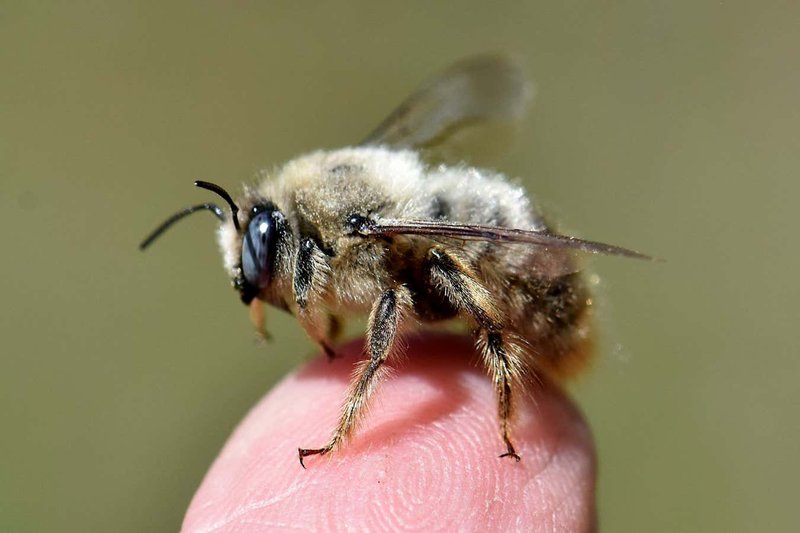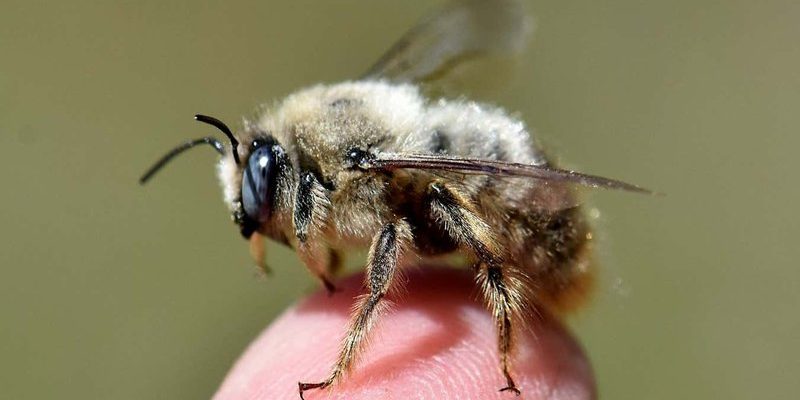
Picture this: carpenter bees are like the unsung heroes of our gardens. They may not be as flashy as honeybees, but they’re incredibly important for pollinating plants. With the changing climate, though, these bees are facing challenges that could disrupt not only their populations but also the plants that depend on them. So, grab your coffee, and let’s unpack the relationship between climate change and the carpenter bee.
Understanding the Carpenter Bee
Carpenter bees are fascinating creatures. Unlike honeybees, they don’t live in hives; instead, they prefer to make their homes in wood. They drill small holes in wooden structures, which can sometimes lead to damage in fences or decks. These bees are typically black and yellow and are often mistaken for bumblebees. Their bodies are shiny and hairless, giving them a distinctive appearance.
These bees are solitary pollinators, meaning they don’t rely on a colony for their survival. Instead, a female carpenter bee will burrow into wood and create individual nests. Inside, she lays her eggs, providing each with pollen and nectar to grow. This behavior is what makes them essential for the ecosystem. They help many plants reproduce by transferring pollen from flower to flower, ensuring fruits and seeds can develop. However, with climate change, their lives are becoming increasingly complicated.
How Climate Change Affects Carpenter Bee Habitats
One of the most significant impacts of climate change is the alteration of habitats. As temperatures rise, the areas suitable for carpenter bees can shift dramatically. Warmer weather can lead to changes in the types of plants available. When native flowers bloom earlier in the spring due to warmer temperatures, carpenter bees may find themselves without the food sources they rely on for survival.
For instance, imagine a carpenter bee that typically emerges in late spring. If the flowers it depends on bloom a month early, the bee may miss the best feeding opportunities. This results in a reduced chance of survival, especially for new generations. Habitat loss isn’t just about temperature; it also involves the destruction of nesting sites due to deforestation and urban development. Without suitable wood to burrow into, carpenter bee populations may decline sharply.
Changing Weather Patterns and Their Impact
Have you noticed more extreme weather lately? This increase in unpredictable weather can have profound effects on carpenter bees. Heavy rainfall can wash away food sources and make it difficult for bees to forage. Furthermore, storms that are more severe can damage the very trees and plants bees depend on for nesting and feeding.
Let’s say a carpenter bee’s favorite flower gets battered down by a storm. Not only does that mean less food for the bee, but it also affects the entire ecosystem. When one species struggles, it can lead to a ripple effect impacting other plants and animals. It’s all connected—when the weather gets wild, so does the balance of nature.
The Role of Temperature in Carpenter Bee Development
Temperature isn’t just important for finding food; it’s also crucial for the development of carpenter bees themselves. Rising temperatures can throw off their reproductive cycles. For instance, if it gets too warm too soon, younger bees might emerge before they’re ready.
The natural rhythm of life is finely tuned. Think about it this way: just like we have seasons for planting and harvesting, bees have their own schedule. When climate change disrupts this schedule, it can lead to mismatches between the bees and the plants they pollinate. Ultimately, this can result in fewer bees surviving to adulthood, which is worrying for their populations.
The Importance of Carpenter Bees in Ecosystems
Why should we care about carpenter bees? Well, they are vital to agricultural ecosystems. These little pollinators contribute to the production of fruits, vegetables, and nuts. Without them, many of the foods we enjoy could become scarcer and more expensive.
In a world where climate change is already stressing food resources, losing carpenter bees would be another hurdle for farmers. The decline of these bees can lead to reduced yields, and eventually, less variety and availability of produce in our grocery stores. Just imagine a summer without your favorite fruits—no blueberries for your pancakes or peaches for that juicy pie!
Conservation Efforts: Protecting Carpenter Bees
So, what can we do to help? Thankfully, there are several simple actions we can take to protect carpenter bees and their habitats. Supporting local conservation efforts is one key step. Many organizations work tirelessly to preserve natural habitats and educate people about the importance of these bees.
You might also consider planting native flowers in your garden. These plants are often better suited to the local bee populations and can provide them with essential food sources. Additionally, avoid using pesticides, as these chemicals can be harmful to bees and other beneficial insects. By creating a bee-friendly environment in our own backyards, we can help ensure that carpenter bees have the resources they need to thrive.
Final Thoughts: The Buzz About Climate Change and Carpenter Bees
Climate change is a big, complex issue, and it touches even the tiniest parts of our ecosystem. The carpenter bee, seemingly a small player, faces real challenges as temperatures rise and weather patterns shift. Their decline could significantly impact our food supply and the health of ecosystems.
So, as we sip our coffee and discuss the world, let’s remember these buzzing pollinators. Every small action counts. The more we understand the relationship between climate change and our beloved carpenter bees, the better equipped we’ll be to help them—and ourselves—thrive in a changing world.

